Fall 2023 MNC: Slice thin and add - Riemann sums and definite integrals
TLDRIn this engaging calculus session, Curtis Brown is joined by Steve and Tom to discuss various calculus problems, including left and right Riemann sums, midpoint sums, and definite integrals. They explore the use of technology, such as the TI-84 calculator, to solve complex problems and emphasize the importance of understanding the fundamental theorem of calculus. The session also touches on the concept of anti-derivatives and their applications in finding maximum values and evaluating functions. The interactive format encourages teachers and students to engage with the material and apply these concepts in their studies.
Takeaways
- 📅 The session is part of a series on calculus and is either the second to last or third to last.
- 👨🏫 Curtis Brown, Steve Kakasa, and Tom Dick are hosting the session, discussing various calculus problems and concepts.
- 🌍 A solar eclipse that occurred in Oregon is mentioned, emphasizing the importance of real-world events in educational discussions.
- 📝 The session encourages audience participation by allowing questions in the chat and offering professional development certificates for teachers.
- 📊 The transcript includes detailed discussions on left and right Riemann sums, using both manual calculations and graphical representations.
- 📈 Visualization of mathematical concepts, such as Riemann sums and trapezoidal sums, are emphasized for better understanding.
- 🔢 The session covers the use of technology, specifically the TI-84 calculator, to approximate derivatives and definite integrals using table values.
- 🎓 The importance of understanding the form of left and right Riemann sums for the AP Calculus exam is highlighted, including the grading criteria.
- 📚 The session provides insights into solving calculus problems, such as identifying function expressions and calculating areas under curves.
- 🤔 The discussion touches on the concept of anti-derivatives and their role in evaluating definite integrals.
- 🌐 The session concludes with an invitation to join future calculus and pre-calculus sessions, emphasizing the value of continued learning and collaboration.
Q & A
What is the main topic of the session that Curtis Brown is hosting?
-The main topic of the session is calculus, specifically focusing on techniques for approximating definite integrals using various methods such as left Riemann sums, right Riemann sums, and trapezoidal sums.
Who are the guests joining Curtis Brown in this session?
-The guests joining Curtis Brown in this session are Steve Kakasa and Tom Dick.
What celestial event is mentioned in the transcript and where was it viewed from?
-The celestial event mentioned in the transcript is a solar eclipse, which Curtis Brown viewed from Oregon.
What is the significance of the email address Curtis Brown mentions?
-The email address is significant because teachers can use it to receive a professional development certificate for participating in the session, as well as to get the schedule for the remaining sessions of the calculus series.
What is the first problem discussed in the session?
-The first problem discussed is finding a left Riemann sum for a function over the interval 0 to 20 using a table of values and as many subintervals as possible.
How does the use of technology, specifically the TI-84 calculator, aid in solving the problems discussed in the session?
-The TI-84 calculator is used to perform calculations for Riemann sums, such as finding the width of subintervals and computing the products for the sum. It also allows for visualization of the problems, enhancing the understanding of the concepts discussed.
What is the significance of the visualizations drawn by Steve and Tom during the session?
-The visualizations help to provide a geometric understanding of the Riemann sums and the areas they represent. They also assist in interpreting the results of the calculations, such as understanding the meaning of the numerical values obtained from the sums.
What is the importance of the 'Delta list' command on the TI-84 calculator as mentioned in the transcript?
-The 'Delta list' command is used to calculate the differences between successive values in a list, which is crucial for finding the width of subintervals in Riemann sum calculations.
What is the main takeaway from the discussion about the AP Calculus exam grading?
-The main takeaway is that the exam graders are looking for the sum of products in Riemann sum calculations, and students should ensure they write out each term even if the value is one, to receive full points.
What is the significance of the trapezoidal sum discussed in the session?
-The trapezoidal sum is significant because it provides an approximation to the definite integral using a method that is less commonly seen in textbooks, offering an alternative approach to understanding and calculating integrals.
What is the final problem discussed in the session that involves the use of the fundamental theorem of calculus?
- The final problem involves finding the derivative of the inverse of a cubic polynomial function at a certain point using the fundamental theorem of calculus and understanding the properties of the function's first derivative.
Outlines
🌟 Introduction to Monday Night Calculus
Curtis Brown introduces the Monday Night Calculus session, mentioning it's one of the final sessions of the season. He highlights recent activities, including conferences, and acknowledges the presence of Steve Kakasa and Tom Dick. Curtis also points out a picture of a solar eclipse behind him, viewed from Oregon, encouraging audience interaction through questions. The session promises to offer professional development certificates for teachers and emphasizes the importance of using the provided calculus questions for student benefit.
📊 Discussing Riemann Sums and AP Calculus Exam Preparation
Steve discusses the importance of Riemann sums in the AP Calculus exam, particularly on the free-response portion. He introduces a problem involving a left Riemann sum calculation using a table of values, emphasizing the format and grading criteria of the exam. Steve points out common mistakes students make under exam pressure, such as assuming equal subinterval widths and skipping steps in calculations. He also explains the grading emphasis on the form of the left Riemann sum and the significance of not simplifying final numerical answers.
🔢 Utilizing Technology for Calculating Riemann Sums
Tom demonstrates using a TI-84 calculator to calculate Riemann sums more efficiently, showing how to input values into a list and use operations like 'Delta List' for subinterval lengths and 'sum' for adding list elements. This practical application illustrates how technology can streamline the calculation process for problems like approximating derivatives and definite integral values using tables, providing a hands-on approach to understanding calculus concepts.
📚 Advanced Problem Solving with Riemann Sums
The session progresses to more complex Riemann sum problems, including right, left, and midpoint sums, as well as trapezoidal sums. Steve explains these concepts through detailed examples, highlighting how to interpret the sums in terms of areas under curves and the implications of different sum types on approximating integral values. This part emphasizes visualization and the geometric interpretation of Riemann sums, further enriching the calculus learning experience.
🧠 Deep Dive into Calculus Problems and Solutions
Steve and Tom delve deeper into calculus problems, showcasing how to use calculus principles to solve real-world problems. This includes exploring properties of definite integrals, utilizing the fundamental theorem of calculus for solving problems backward, and finding absolute maximum values through critical analysis of functions. The discussion reinforces important calculus concepts and demonstrates their practical applications, preparing students for challenging exam questions.
💡 Exploring Technology and Calculus Theories
The session highlights the power of technology in solving calculus problems, with Tom showcasing advanced features of the TI-84 calculator. He demonstrates how to use sequences and sum functions to perform Riemann sums calculations dynamically, adapting to different functions and integration limits without needing pre-written programs. This segment underscores the importance of understanding the underlying calculus concepts to effectively use technology as a tool for learning and problem-solving.
🎓 Concluding Remarks on Monday Night Calculus
The session concludes with Curtis offering thanks and mentioning the provision of professional development certificates for teachers. He also teases upcoming sessions, including a pre-calculus live session, encouraging educators to spread the word and engage with future content. The closing remarks wrap up the session on a note of encouragement, looking forward to further educational opportunities in the field of calculus.
Mindmap
Keywords
💡Calculus
💡Riemann Sums
💡Definite Integral
💡Left Riemann Sum
💡Right Riemann Sum
💡Midpoint Riemann Sum
💡Fundamental Theorem of Calculus
💡Anti-Derivative
💡Graphing
💡Technology
💡Visualization
Highlights
Discussion of left Riemann sums with variable subinterval widths, emphasizing the importance of not assuming equal intervals.
Explanation of the process for calculating left Riemann sums, including the significance of evaluating the function at the left endpoint of each subinterval.
Visualization of left Riemann sums with a graph, demonstrating the concept of approximating the area under a curve using rectangles.
Discussion on the grading of AP Calculus exams, highlighting the importance of showing work and understanding the form of Riemann sums.
Introduction to the TI-84 calculator and its functionality for calculating Riemann sums using the list editor.
Demonstration of using the TI-84 calculator to compute the width of subintervals and the products for Riemann sums.
Explanation of the right Riemann sums and how to calculate them using the TI-84 calculator.
Discussion on the potential of coding to automate the calculation of Riemann sums for arbitrary functions and subintervals.
Illustration of different methods for approximating definite integrals, including right Riemann sums, left Riemann sums, midpoint sums, and trapezoidal sums.
Use of the fundamental theorem of calculus to understand the relationship between anti-derivatives and definite integrals.
Application of properties of definite integrals to solve more complex problems involving the evaluation of integrals over intervals.
Discussion on the importance of understanding the geometric interpretation of definite integrals as areas under or above the x-axis.
Presentation of a method for finding the derivative of the inverse of a function using the limit definition of a derivative and technology.
Explanation of how to determine if a function has an inverse and the application of the fundamental theorem of calculus to find the derivative of that inverse.
Use of the discriminant to determine the number of real roots of a quadratic equation and implications for the monotonicity of a function.
Integration of technology in problem-solving, showcasing the capabilities of the TI-84 calculator and the TI Inspire in finding critical values and derivatives.
Encouragement for teachers to use the provided questions and resources for professional development and to share with their students.
Transcripts
Browse More Related Video
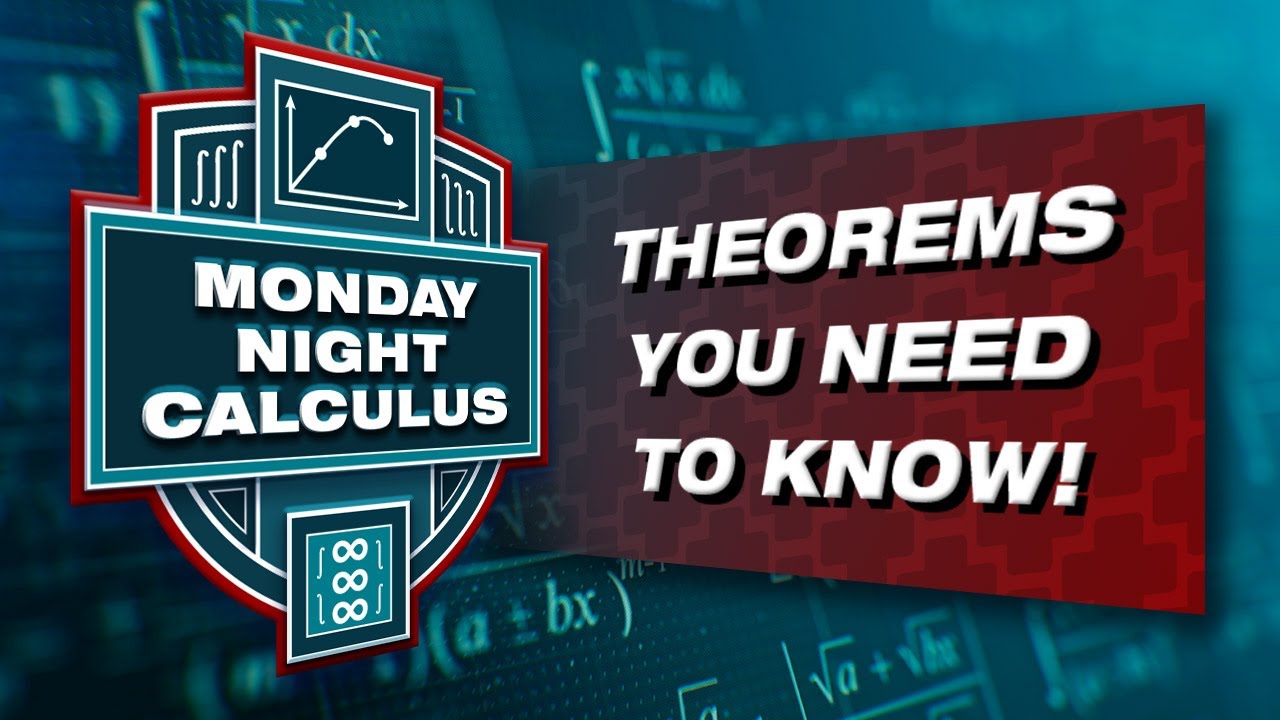
Fall 2023 MNC: Trick or treat - Some important theorems in differential calculus
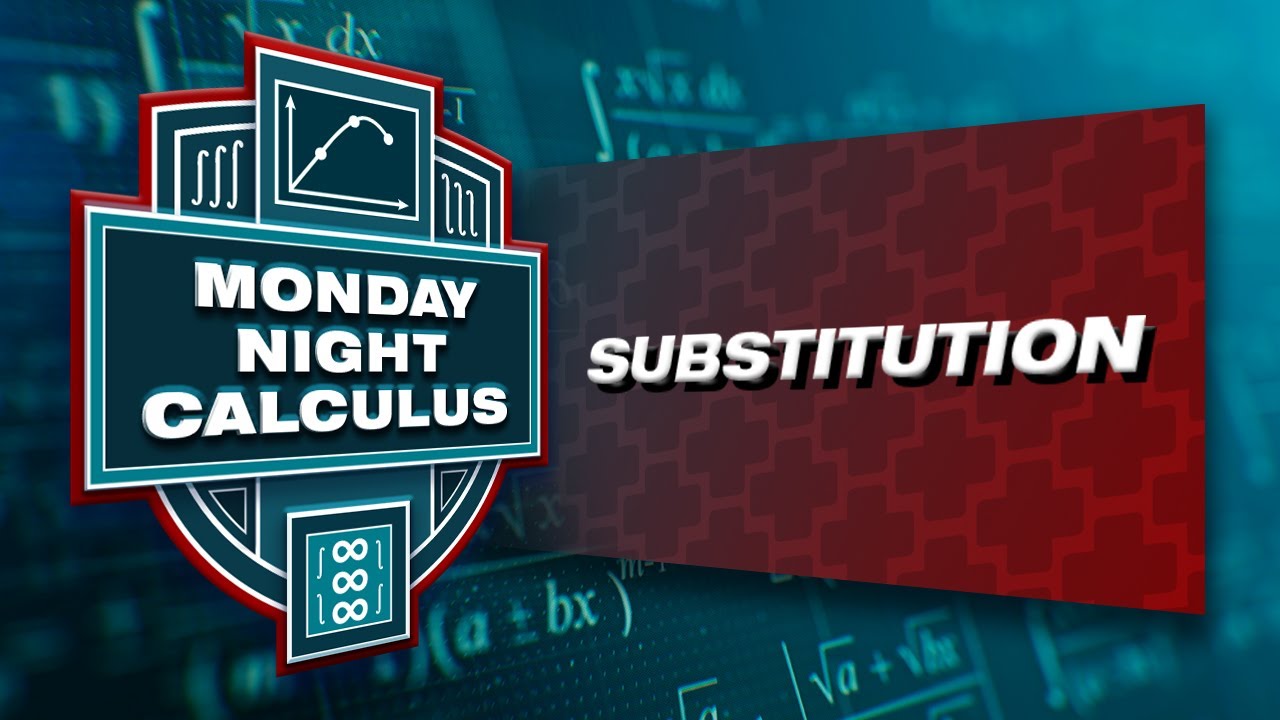
Monday Night Calculus: Substitution
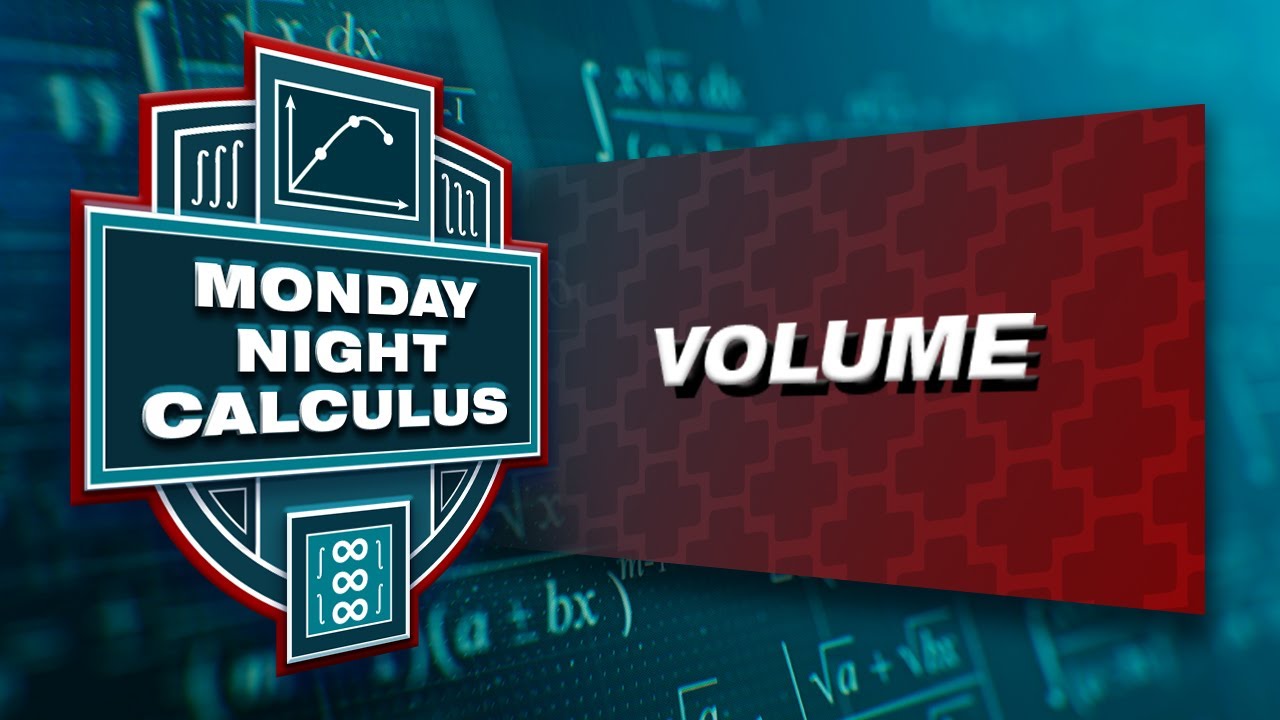
Monday Night Calculus: Volume
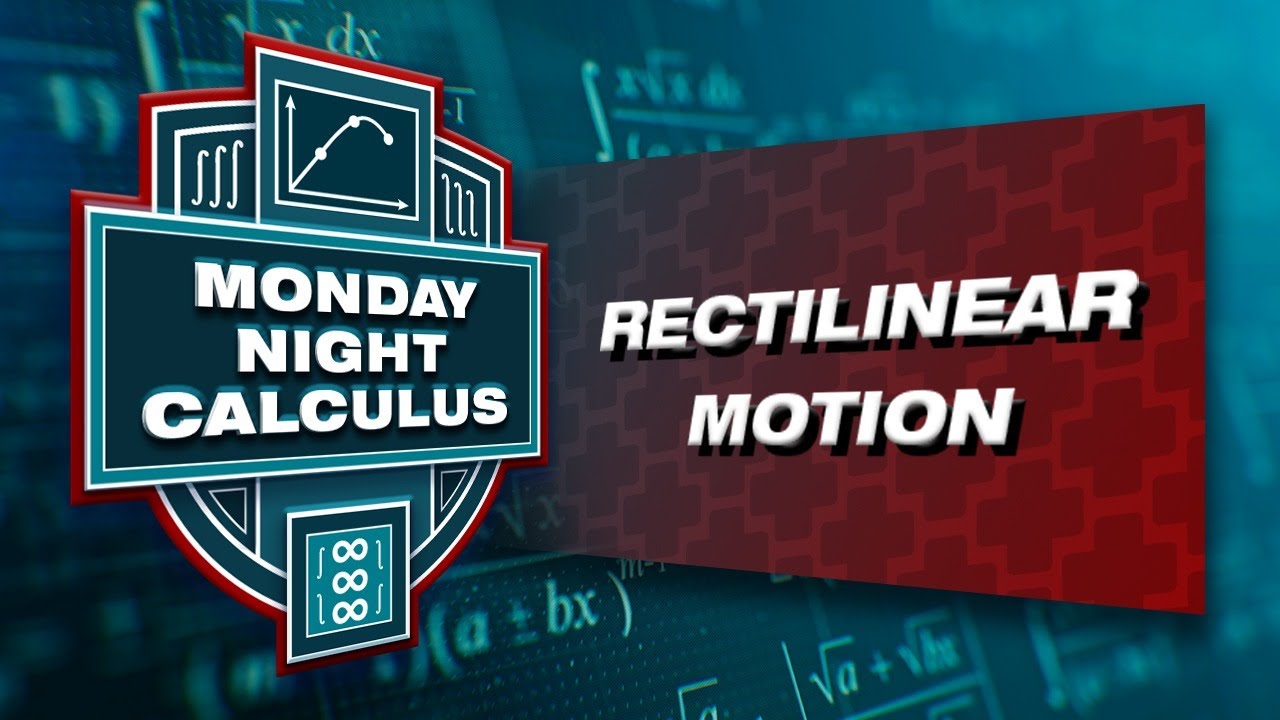
Monday Night Calculus: Rectilinear motion
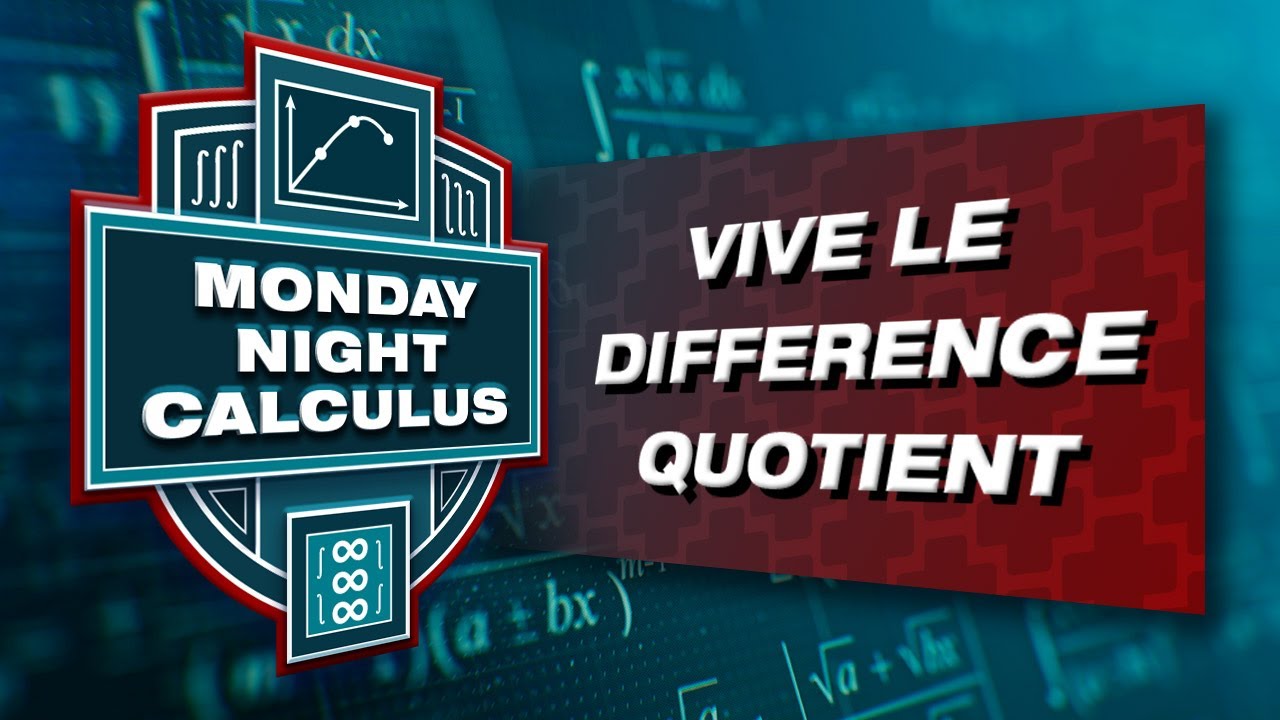
Fall 2023 MNC: Vive le difference quotient - approximating derivatives
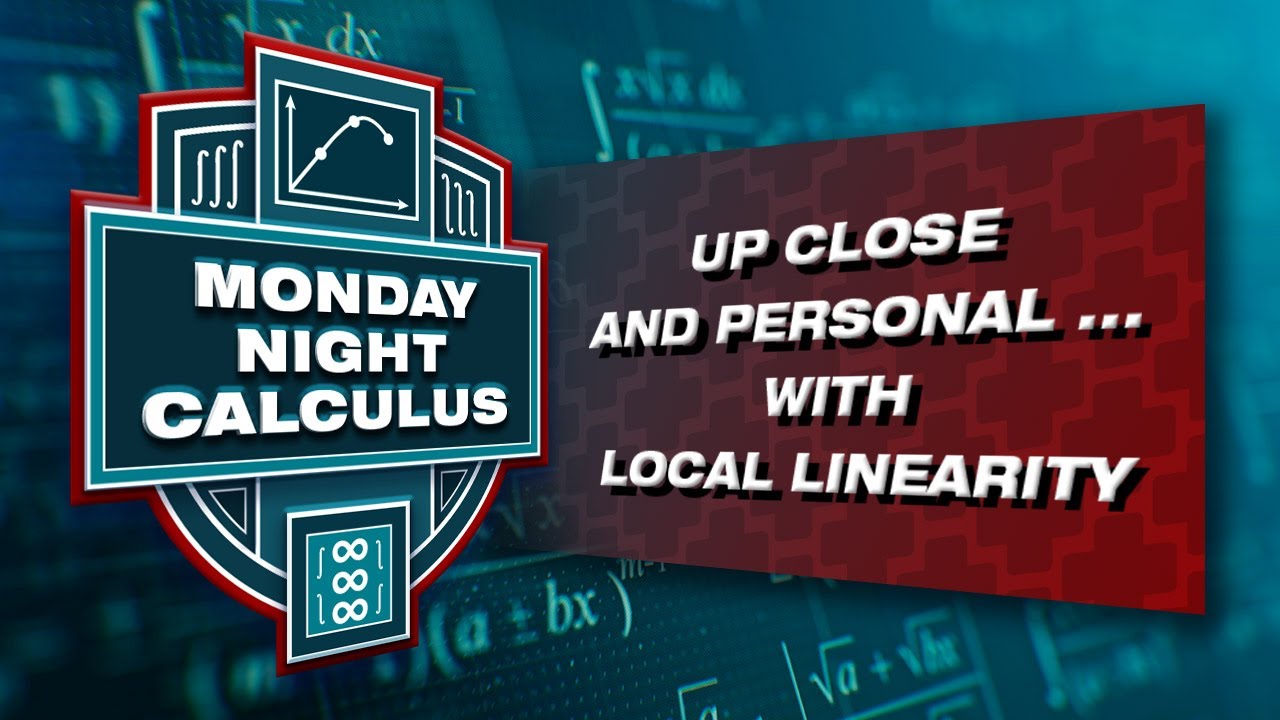
Fall 2023 MNC: Up close and personal with differentiability and local linearity
5.0 / 5 (0 votes)
Thanks for rating: